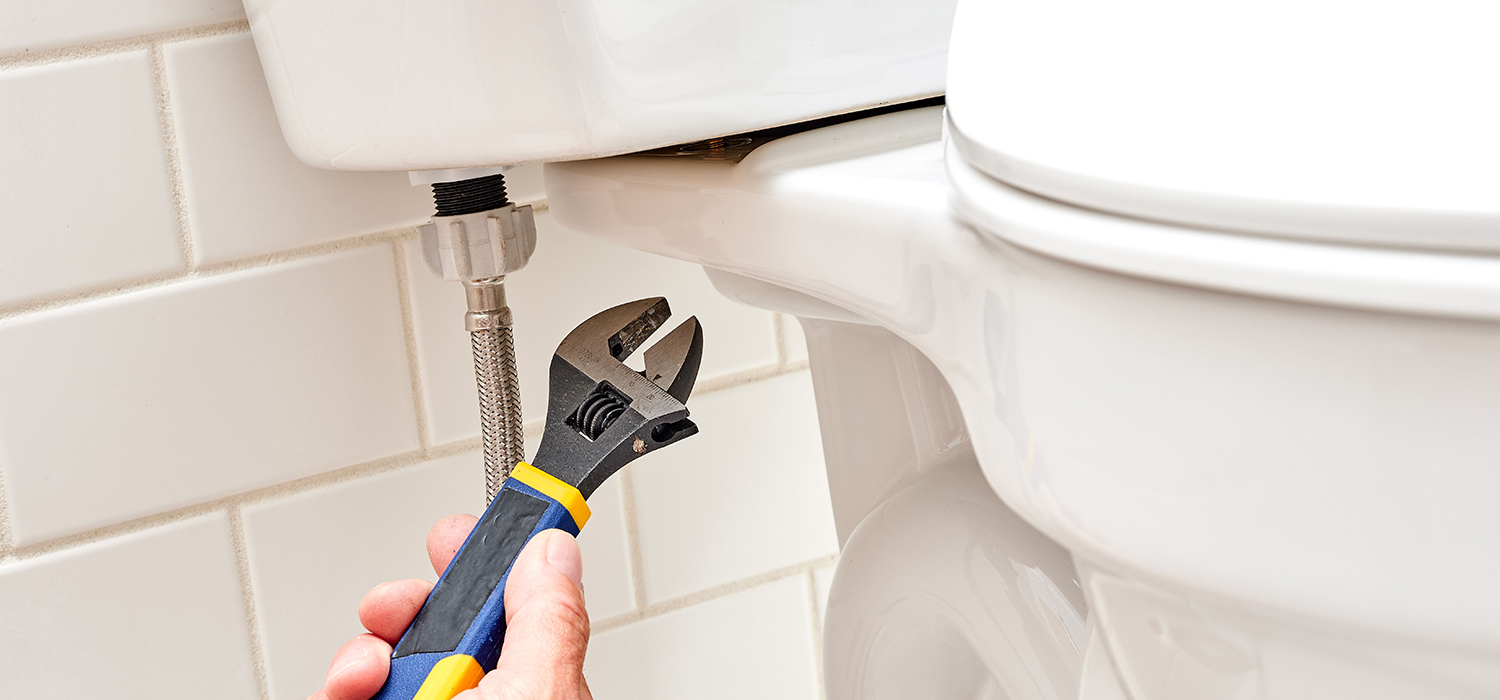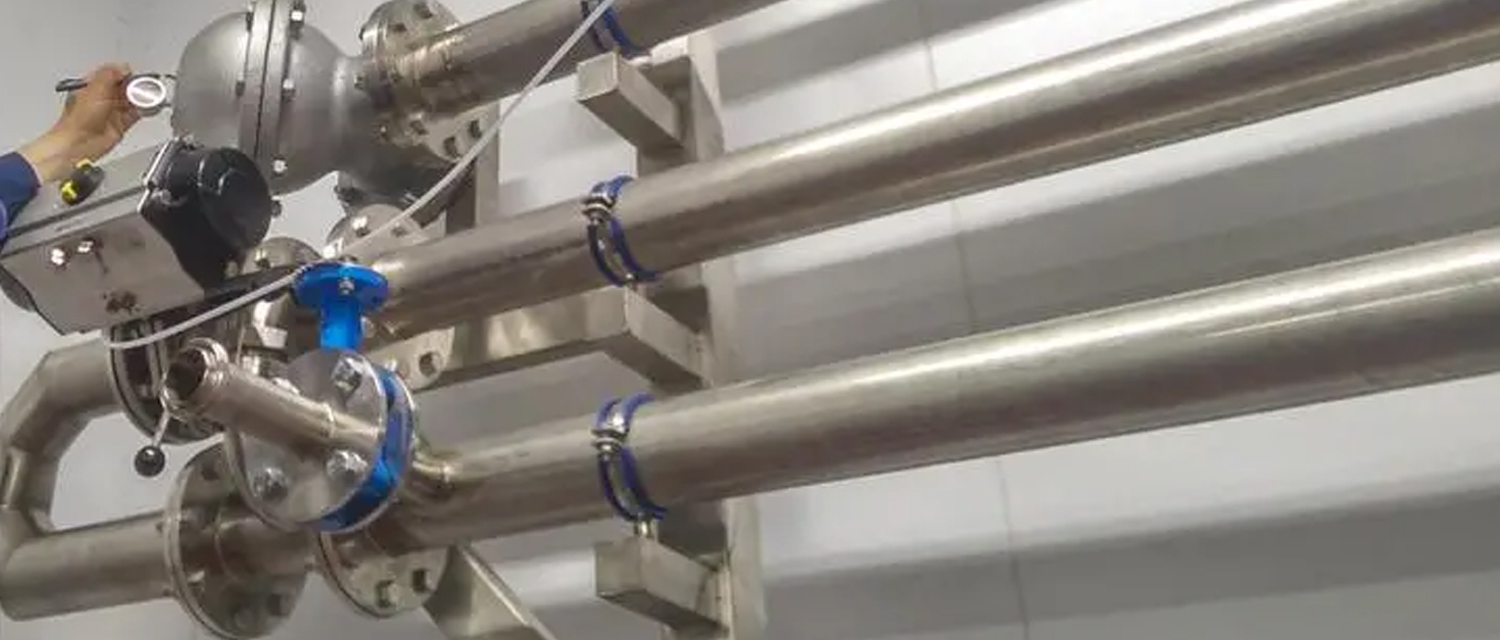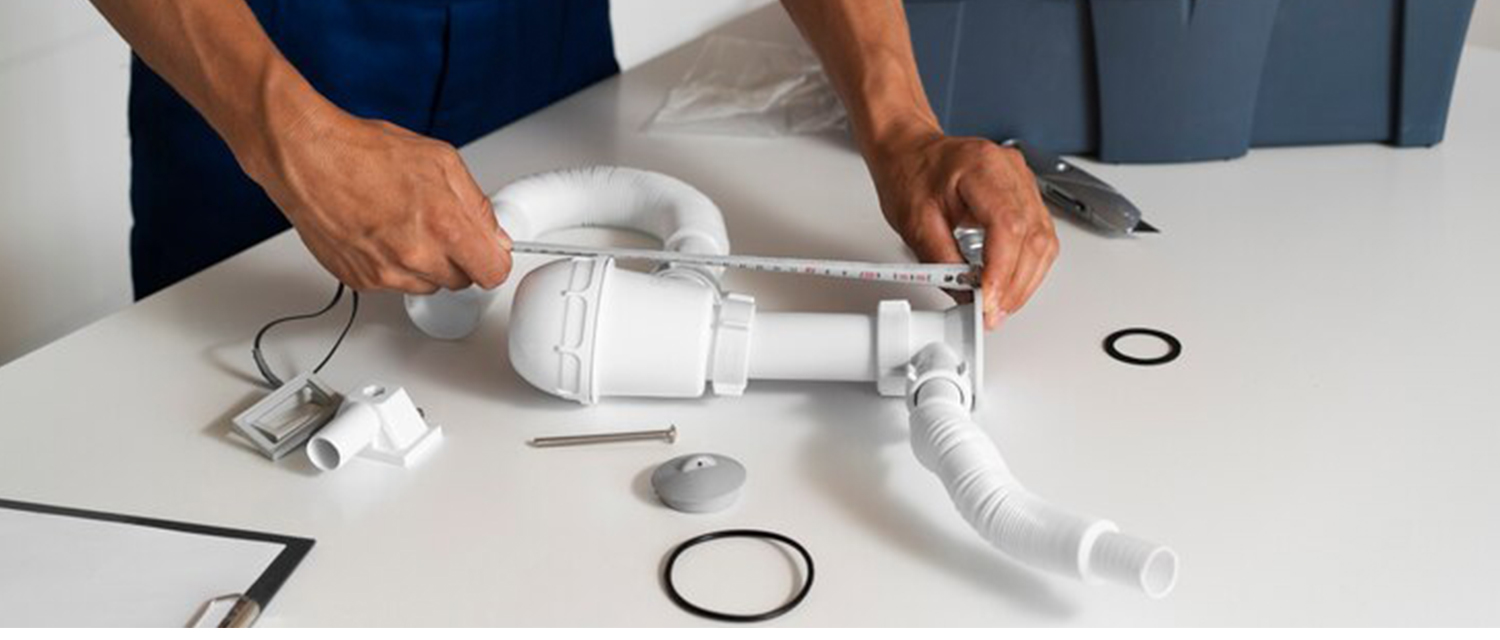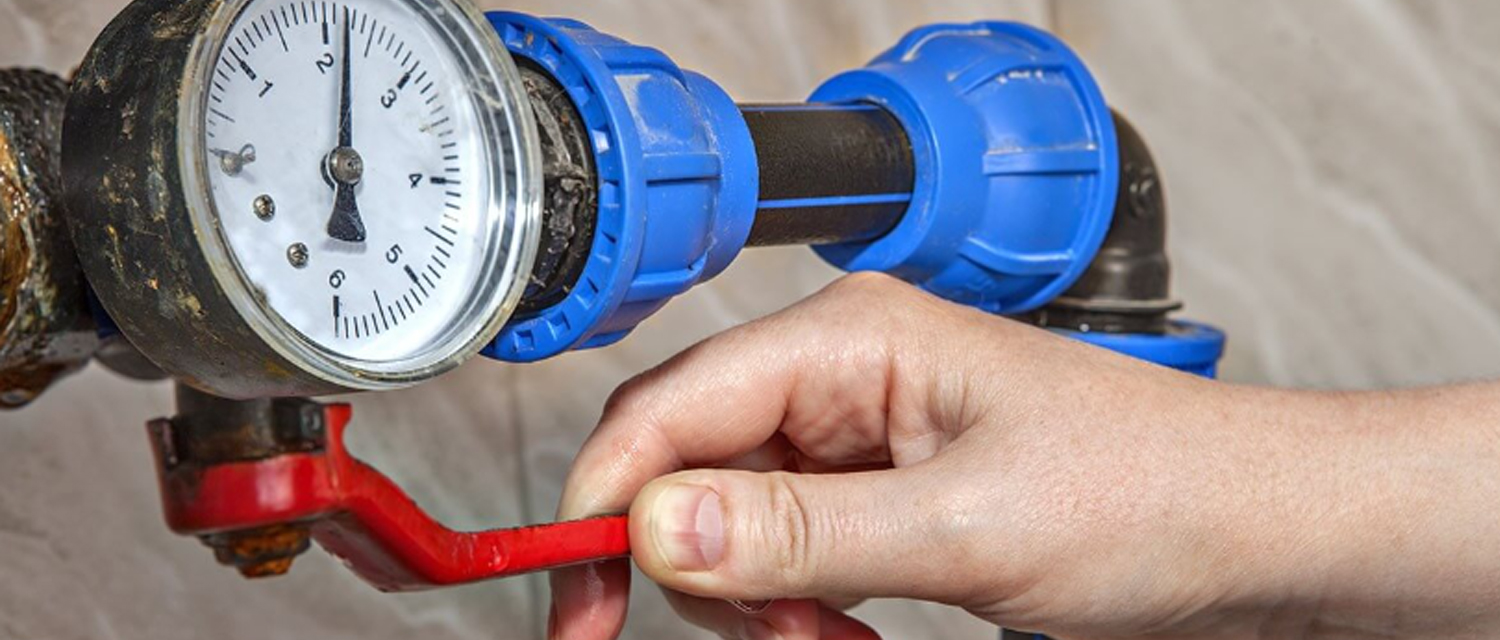The cistern is an important part of the toilet system with flush. Your bathroom can be damaged if your toilet cistern leaks; it's not just an annoyance; it can also lead to water loss, increased bills, and water waste. Many times, it becomes a continuous problem. While some fixes can be done independently, there are instances where seeking the expertise of a professional plumber is necessary for a thorough and lasting solution. In this blog, we'll show you how to fix leaking toilet cisterns quickly and effectively.
Identifying the Point of Leakage
If there's a toilet cistern leaking onto the floor, identifying the exact origin of the leak is the initial and pivotal step. Potential trouble spots may include the flapper, fill valve, flush valve, or their corresponding connections.
Flapper Check:
Inspect the cistern's base for a compromised flapper, identifying wear or damage. It is recommended to replace the flapper as soon as possible if problems arise to ensure effective toilet operation, prevent leaks, contribute to water conservation, and preserve the system's longevity.
Fill Valve Inspection:
Examine the fill valve located across from the cistern flapper for signs of wear or damage. Replace the fill valve promptly if problems are discovered to preserve optimal functionality and prevent leaks. A functional and water-efficient toilet is ensured by regular checks and timely replacements.
Flush Valve Examination:
Inspect for cracks in the centre flush valve. If it is damaged, quickly fix the leak in your toilet cistern by replacing it according to the manufacturer's instructions. Prompt response ensures effective problem-solving, avoiding water waste and possible harm.
Water Supply Line Inspection:
Examine the water supply line of the cistern for wear, loose connections and leaks. Tighten any loose fittings with an adjustable wrench, and replace the supply line if necessary. By ensuring a steady water flow, this maintenance reduces the possibility of leaks and enhances the effective operation of your toilet system.
Condensation Concerns:
Condensation on the exterior of a toilet cistern may appear like a leak. To differentiate between condensation and an actual leak, dry the surface and observe for reappearing moisture. If moisture persists gradually, it's probably condensation, requiring better ventilation in the bathroom instead of repair.
Check the Cistern Bolts:
Check cistern bolts for tightness to prevent leaks. Water can leak through cracks caused by loose bolts and cause damage. Tighten or replace them as soon as possible to keep the toilet system structurally sound. Regular checks ensure reliable and effective functioning, preventing water wastage and potential damage.
Inspect the Overflow Tube:
Inspect the overflow tube to prevent toilet overfilling. Confirm the correct positioning and inspect for damage or cracks. If issues arise, replace or modify the tube immediately. To keep your toilet cistern functioning efficiently and to prevent leaks and water waste, you must keep your overflow tube in proper working condition.
Evaluate the Float:
The water level in your toilet cistern is regulated by the float. Check the water level and flush the toilet to make sure everything is functioning properly. If it's too high or low, adjust the float following the manufacturer's instructions. Regular adjustments help maintain optimal flushing efficiency and prevent water waste.
Important Note: Before attempting to repair a leaky toilet cistern yourself, consider the risks of causing additional damage. While in Queensland you are legally allowed to repair certain components of the cistern yourself it is recommended to contact a certified plumber if you are uncertain of what it takes to finish the task successfully. Even little errors might lead to a larger leak and a higher repair price.
Quick Fixes for Leaking Toilet Cistern
- Flapper Issues:
- To ensure efficient flushing and prevent leaks, replace a worn or damaged flapper promptly.
- Check the flapper chain length and adjust if necessary for proper operation.
- Fill Valve Troubles:
- Adjust the fill valve's height to the recommended level.
- To ensure optimal performance, replace the fill valve if issues persist.
- Inspect the fill valve for debris or sediment and clean if needed.
- Flush Valve Damage:
- Replace a cracked or damaged flush valve to quickly fix leaks.
- Ensure the flush valve is properly aligned during replacement to prevent future issues.
- Water Supply Line Concerns:
- Use an adjustable wrench to tighten any loose fittings.
- Replace the water supply line if tightening doesn't work.
- Install a braided stainless steel water supply line for increased durability.
- Condensation Misinterpretation:
- Improve bathroom ventilation if condensation is mistaken for a leak.
- Consider using a dehumidifier to reduce excess moisture in the bathroom.
- Cistern Bolt Check:
- Tighten the bolts regularly to prevent water leaks.
- Quickly replace damaged bolts.
- Apply a small amount of plumber's tape to the bolts to create a better seal.
- Overflow Tube Maintenance:
- Replace a damaged overflow tube to prevent overfilling.
- Adjust the water level to prevent constant water flow into the overflow tube.
- Float Adjustment:
- Check and adjust the float for proper regulation of the water level.
- Ensure the float arm is not rubbing against other components, causing resistance.
Replacing the Entire Toilet Cistern
In some cases, repairing a leaky toilet cistern may not be the best solution. If you notice any of the following issues with your toilet, it's usually a good idea to replace the toilet cistern:
- Extensive Cracks or Damage: If your cistern has huge cracks or serious damage that cannot be properly sealed, it is best to replace the complete unit.
- Beyond Repair: If the internal mechanisms of your toilet are highly corroded, worn beyond repair, or missing critical parts that are no longer accessible, a new cistern is the best option.
- Outdated Model Incompatibility: Parts for older toilets may be hard to find or they might not fit with newer ones. In such cases replacing the entire cistern ensures compatibility with widely available components.
Important Note: Replacing a toilet cistern is more complex than repairing small or individual components of a toilet. It may require good plumbing knowledge or even assistance from a professional plumber.
Preventive Measures to Avoid Leaking Toilet Cistern Issues
- Conduct regular visual inspections of the flapper, fill valve, and flush valve components.
- Establish a routine maintenance schedule for cistern bolts, overflow tubes, and floaters.
- Use mild, toilet-friendly cleaners to preserve rubber components in the cistern.
- Periodically check and adjust the float to maintain the recommended water level.
- Improve bathroom ventilation to minimize condensation on the cistern's exterior.
- Address identified issues promptly to prevent minor problems from escalating.
- Consider upgrading to a dual-flush system for water conservation and reduced leak risk.
- Educate household members on proper toilet usage to avoid clogs and pressure on components.
- Check the water supply line for wear, loose connections and leaks regularly.
- Periodically have a professional plumber inspect the entire toilet system for potential issues.
Conclusion
Fixing a leaking toilet cistern can often be a simple DIY task with a few basic tools and some guidance. It is essential for preventing water waste, increased bills, and potential damage to your bathroom. Identifying the point of leakage, addressing specific issues with flappers, fill valves, and flush valves, and conducting regular maintenance are key steps. Quick repairs for common issues, such as adjusting the float or tightening bolts, can provide immediate solutions.
Additionally, you may extend the life and effectiveness of your toilet by taking preventive actions like regular inspections, proper cleaning techniques, and switching to water-efficient systems. You can maintain a leak-free, water-conserving toilet system and eventually conserve money and resources by combining these preventative steps with timely repairs. Furthermore, for those who are dealing with noisy pipes explore our blog for insights on addressing and resolving common pipe noise issues.








